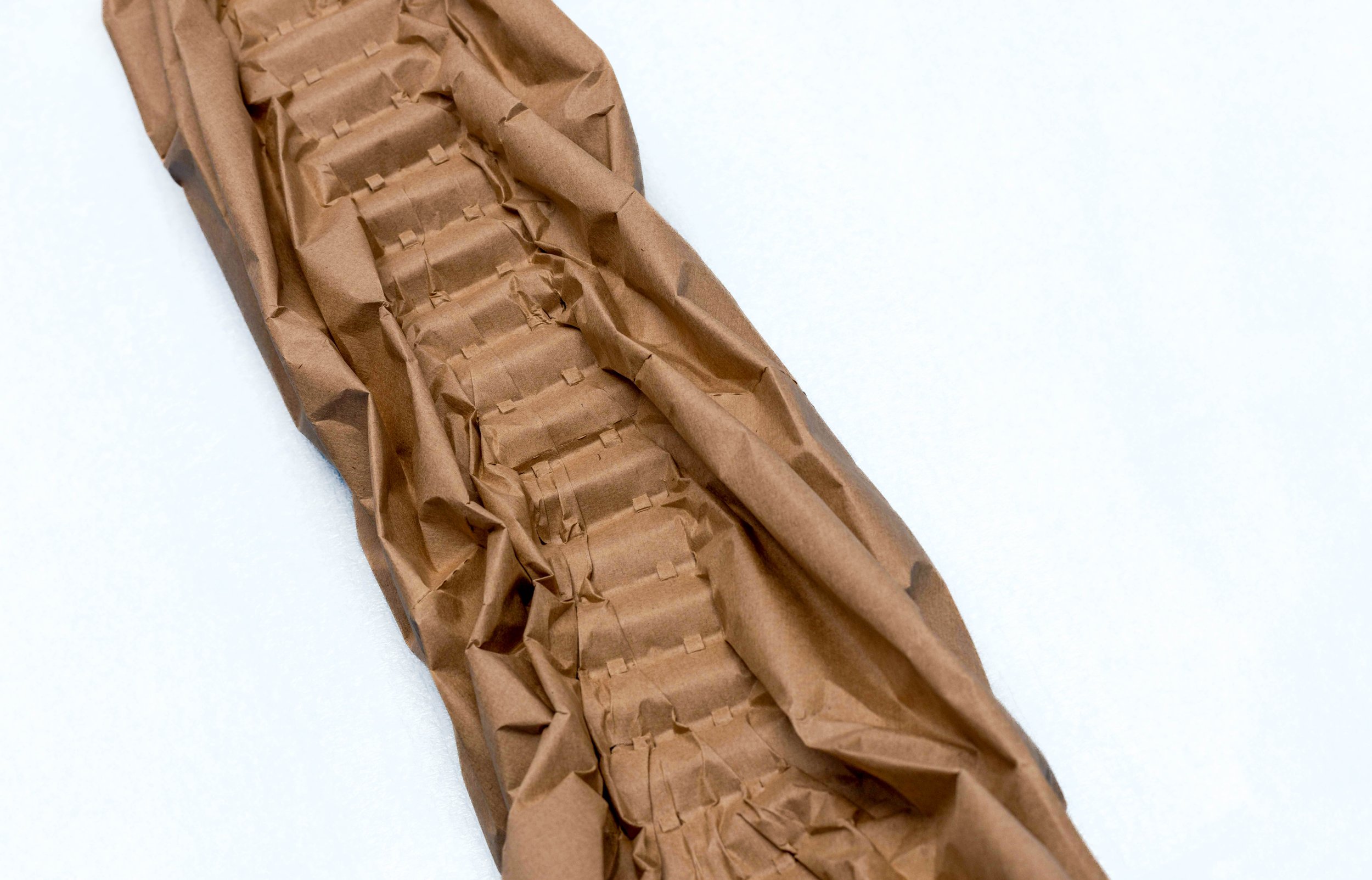
DISPOSAL
What you can do?

Our portfolio has two types of material plastic (PE) and paper (PAP) so they need to be disposed of properly to avoid harming the environment.
Tips for Plastic
Deflate the Air Pillows
Use scissors or a sharp object to puncture the air pillows and release the air. This makes them easier to handle and reduces space.
Reuse If Possible
Reuse for packaging: Save them for future shipments or storing fragile items.
Recycle Properly
Do NOT put them in curbside recycling bins. Most curbside programs don’t accept soft plastics because they tangle in sorting machines.
Instead, take them to a drop-off location that accepts plastic bags and film, like those found at many grocery or retail stores.
Trash Disposal (If No Recycling Option Exists)
If recycling isn’t an option, dispose of deflated LDPE materials in your regular trash. Compact them as much as possible to minimize space.

Tips for Paper
Check for Contamination
Ensure the paper is clean, dry, and free from grease, food residue, or non-paper materials (e.g., tape or labels).
Reuse the Paper
Reuse for Packaging: Save our material for shipping or storing fragile items.
Recycle
Tear or flatten the paper and place it in your curbside recycling bin or take it to a local recycling center.
Trash (if Necessary)
If the paper is heavily contaminated with grease, oils, or other substances that make it unsuitable for recycling or reusing, dispose of it in your regular trash.

Tips for All Materials
Your choice
Avoid landfill
If possible, reuse or recycle.
Educate Yourself on Local Recycling Programs
Recycling rules vary by location, so check your city’s or county’s guidelines to ensure you’re recycling properly.
Avoid Mixed Materials
Packaging that combines different materials (e.g., paper coated with plastic) can be harder to recycle. Separate them if you can.



